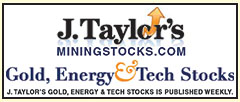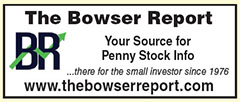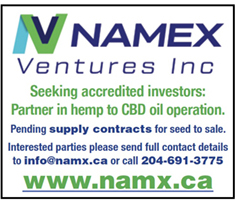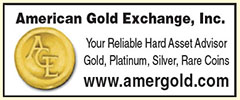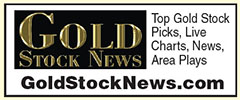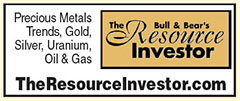| Share this article! |
|

Precious Metals Review
According to Heraeus Precious Metals, in their weekly Precious Metal Review: Geopolitical risk may support gold’s rally as a safe-haven asset as tensions escalate in the Middle East. The People’s Bank of China has been an active buyer of gold for more than a year now. Both industrial demand – mainly from solar PV manufacturing – and institutional investing appear to be supporting the silver rally. Platinum looks like a bargain against gold.
Geopolitical tensions add fuel to gold’s fire. After poking its head above $2,400/oz on Friday, gold dropped slightly lower to $2,350/oz by the end of trading – still a record close. The weekly gains continued despite the March US CPI data (3.5% year-on-year compared to February’s 3.2%) exceeding expectations, and the market further priced down the Federal Reserve’s rate cut to two times in 2024. Cautions against rapid rate cuts were felt across the Atlantic too. The European Central Bank also held its interest rate at 4% on Thursday and implied that rate cuts in June are possible only if inflation closes in on a 2% target in a “sustained manner”. At the same time, gold ETFs continued to see net outflows while the dollar continued to strengthen, factors that typically weigh against the gold price. Geopolitical risk may support gold’s rally as a safe- haven asset as tensions escalate in the Middle East.
Central bank purchases have been driven by China this year. The People’s Bank of China has been an active buyer of gold for more than a year now, averaging 19.3 tonnes of gold purchases each month since November 2022. At last week’s closing price, in total this gold carries a value of $23.7 billion. Amongst all central banks, net gold purchases totaled 19 tonnes in February and have reached 64 tonnes in the first two months of the year, according to the latest data, which although positive is a 43% decline versus the same period in 2023. China has made up a third of all purchases year-to-date. Net additions to central bank gold reserves have been trending lower since the peak in June 2023. It is unlikely that there will be a wholesale reversal to net selling in the near term despite the record gold price, as central bank buying tends to be strategic and insensitive to the price.
Silver rises to a new three-year high. Intraweek silver crossed the $29/oz line, the highest level since 2021. Both industrial demand – mainly from solar PV manufacturing – and institutional investing appear to be supporting the rally. ETFs have witnessed net inflows of 11.06 moz in the last two weeks after several months of net outflows, increasing total holdings by 2% to 722.7 moz.
Investor interest is seeping back into platinum, though $1,000/oz might be needed to trigger bigger flows. Platinum looks like a bargain against gold, having briefly set a new record discount on Monday last week. Platinum ETF holdings have changed little since mid-November, hovering around 3 moz, although they picked up by 50 koz last week to the highest level this year. Most of the inflows went into South African funds, with less interest from other regions. On the futures markets, non-commercial speculators hold a net neutral short-long position, having unwound just under 1 moz of longs in Q1’24. When the net specs’ position reaches this level, it is near a turning point in the price. With the platinum market forecast to remain undersupplied this year and sentiment across precious and industrial metals improving, there could be some positive price risk in the short term, though platinum may have to break resistance at $1,015/oz in order to attract investors back to ETFs.
Financing cost headwinds may linger for longer in the second-largest automotive palladium market. US light-vehicle sales hit 15.8 million units on an annualised basis in Q1’24, approximately 2.4% higher year-on-year (source: FRED). Financing costs are a likely contribution to the short-term sluggishness in sales. Average interest rates for a 48-month car loan in the US are at a near 25-year high at just under 8%. Although the average light-vehicle sales price was 2.6% lower year-on-year in January, average monthly payments are still 50% higher than the amount paid in 2019. The Federal Reserve is unlikely to begin cutting interest rates until H2’24, therefore the headwind of lower affordability could continue to impact vehicle sales and add risk to the palladium autocatalyst demand forecast. With interest rates set to begin to fall later this year and into 2025, they should become less of an impediment to sales. The forecast for 2024 is to see more sales year-on-year, although even that will still be below the lower level of the pre-pandemic range, and EVs will capture a larger portion of the market. As a result, North American palladium autocatalyst demand is expected to remain stable, slipping by only 1% to 1.7 moz.
Editor’s Note: Heraeus Precious Metals is a global leader in the precious metals industry, covering the full value chain of all eight precious metals. The company is part of the Heraeus Group, headquartered in Hanau, Germany.
|
The Bull & Bear Financial Report NOTE: The Bull & Bear Financial Report does not itself endorse or guarantee The Bull & Bear Financial Report is published by Website Designed & Maintained by Gemini Communications PLEASE READ DISCLAIMER |





